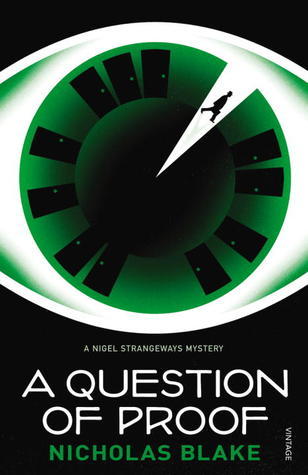What do you think?
Rate this book


276 pages, Paperback
First published January 1, 1935
 Nicholas Blake aka Cecil Day Lewis. I wanted to sample something from the man who unceremoniously dumped Rosamund Lehmann and this is what I ended up with, a somewhat run of the mill whodunnit where the reading public is introduced to a new on-paper sleuth: Nigel Strangeways. The first chapter is rather arch, couched in high-blown prose, yet it does settle down into a competent and enjoyable story. Is the Michael/Hero storyline based on events from the author's past as some have posited?
Nicholas Blake aka Cecil Day Lewis. I wanted to sample something from the man who unceremoniously dumped Rosamund Lehmann and this is what I ended up with, a somewhat run of the mill whodunnit where the reading public is introduced to a new on-paper sleuth: Nigel Strangeways. The first chapter is rather arch, couched in high-blown prose, yet it does settle down into a competent and enjoyable story. Is the Michael/Hero storyline based on events from the author's past as some have posited?A question of proof. That's a good title for a detective story, if you ever write one. - excerpt from A Question of Proof